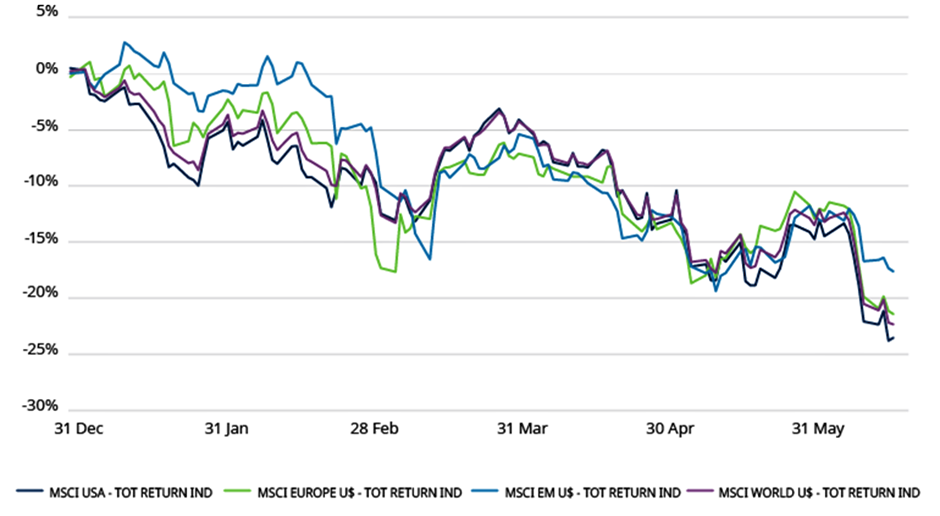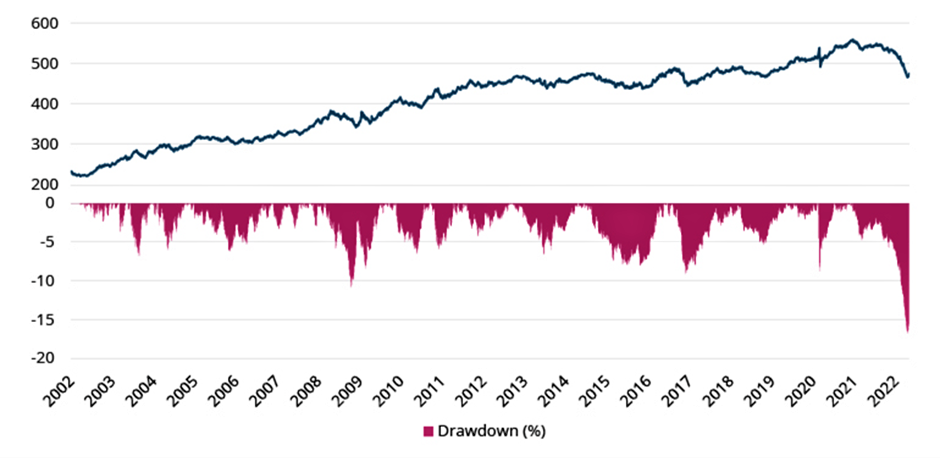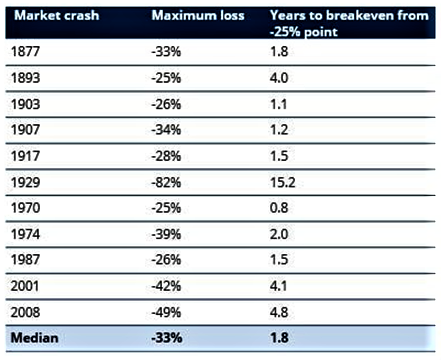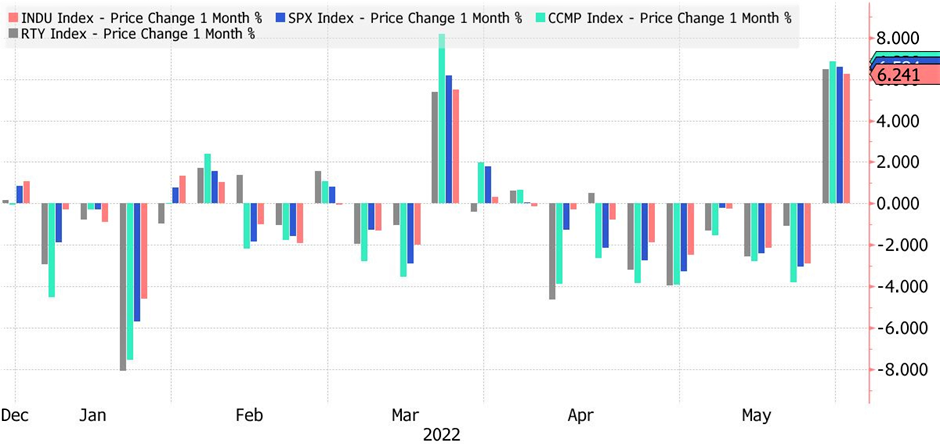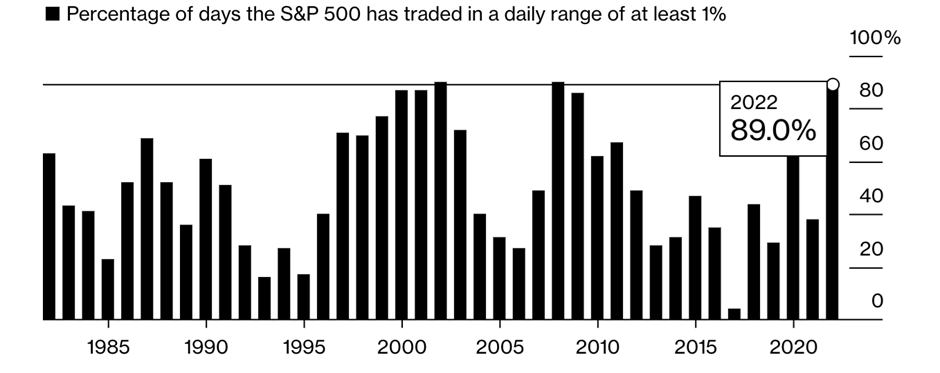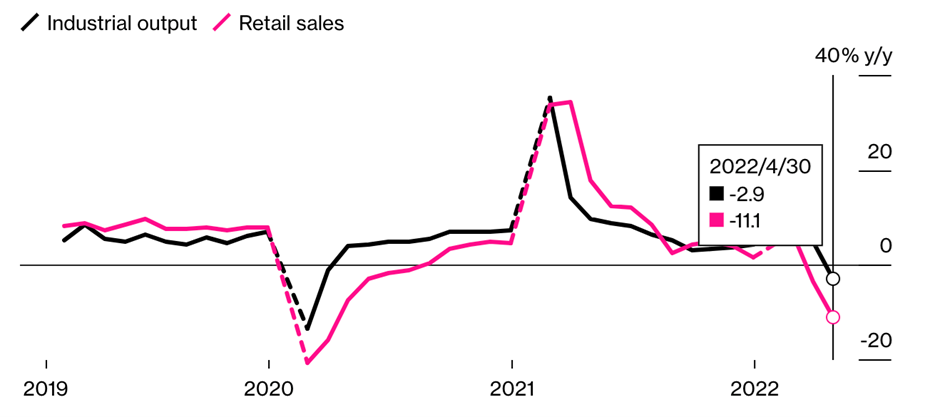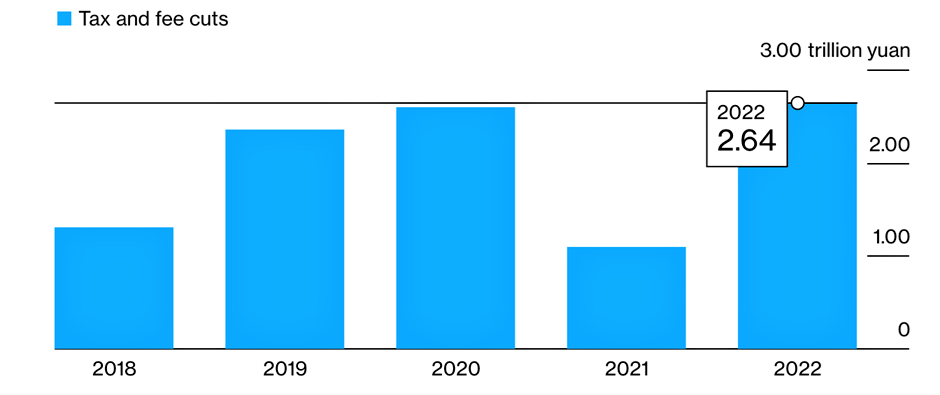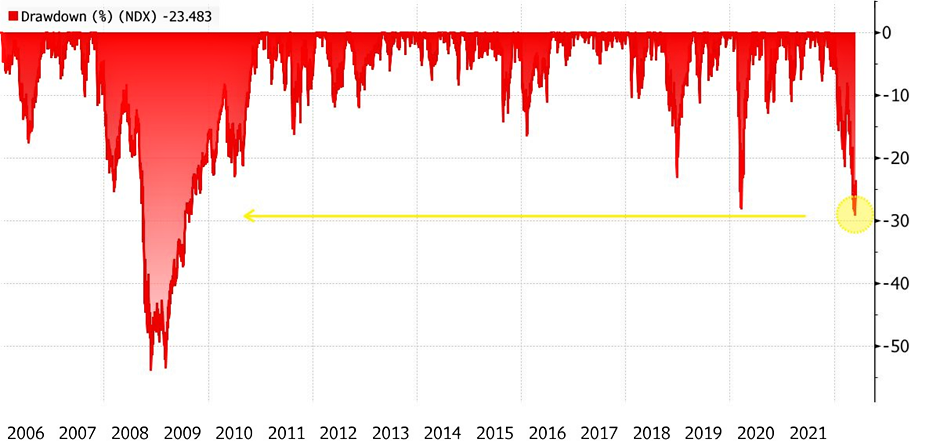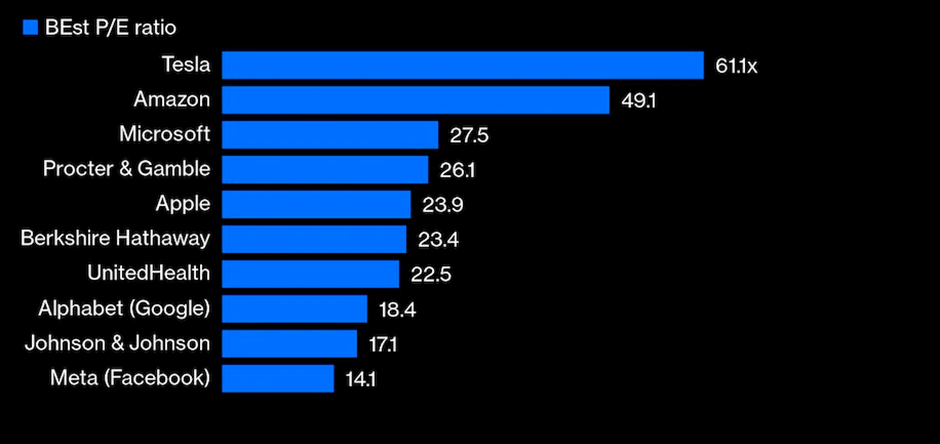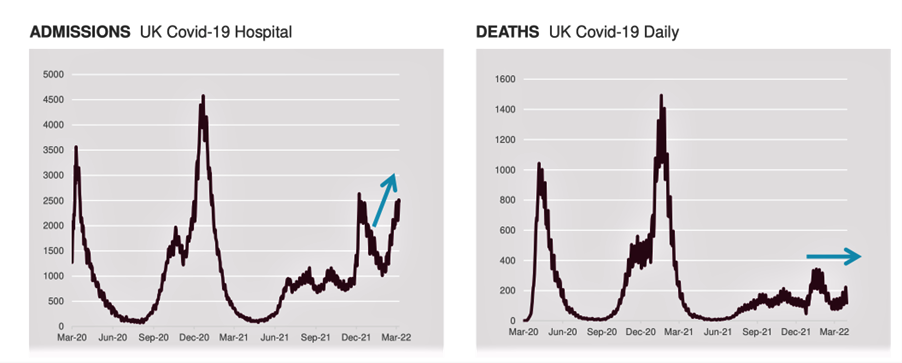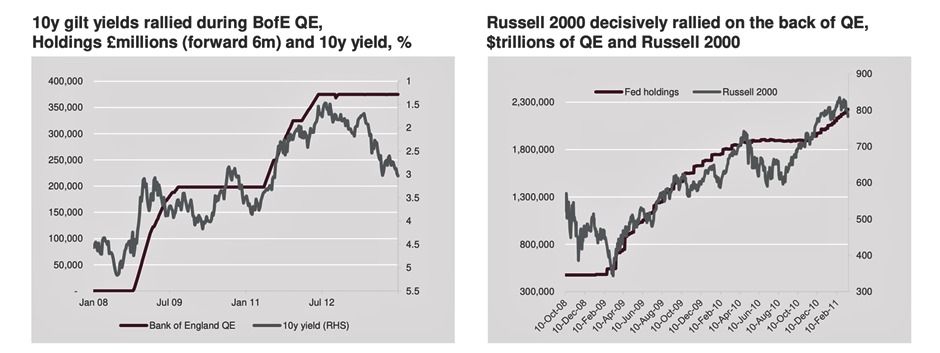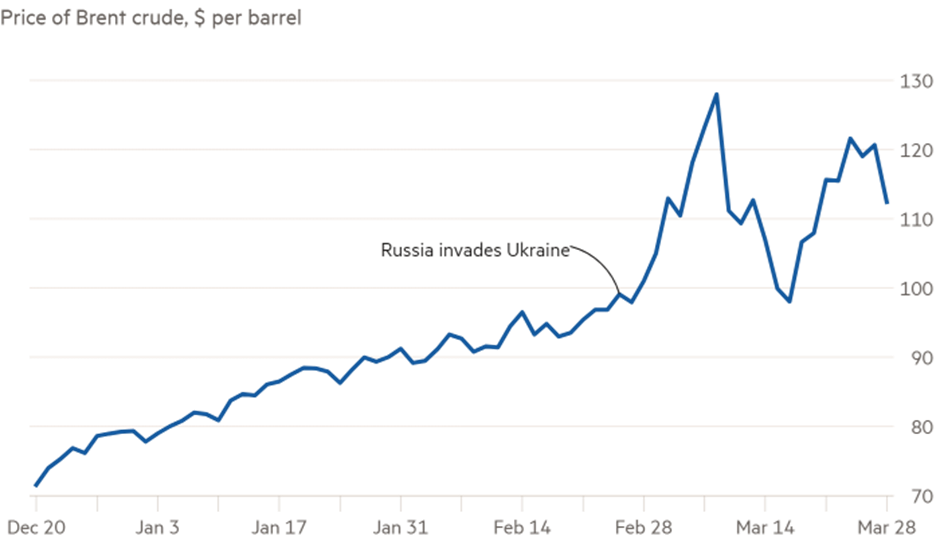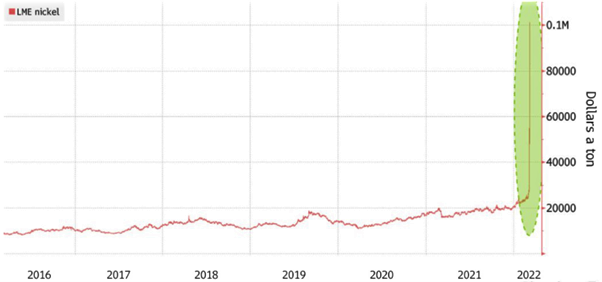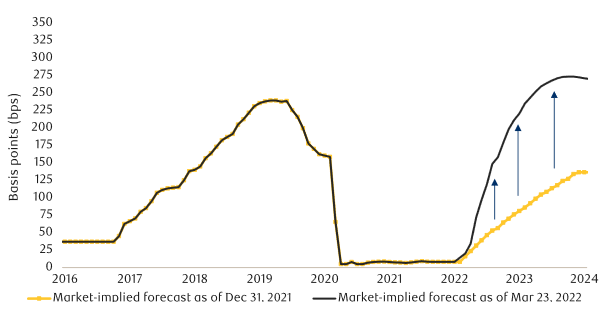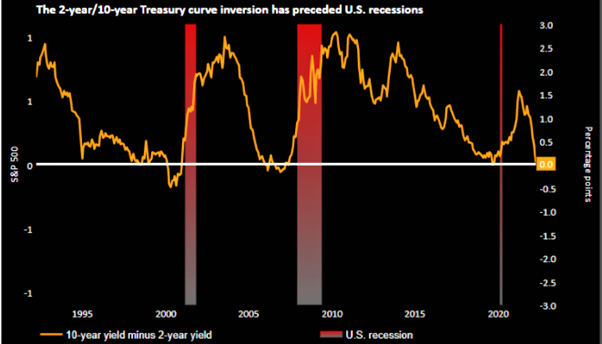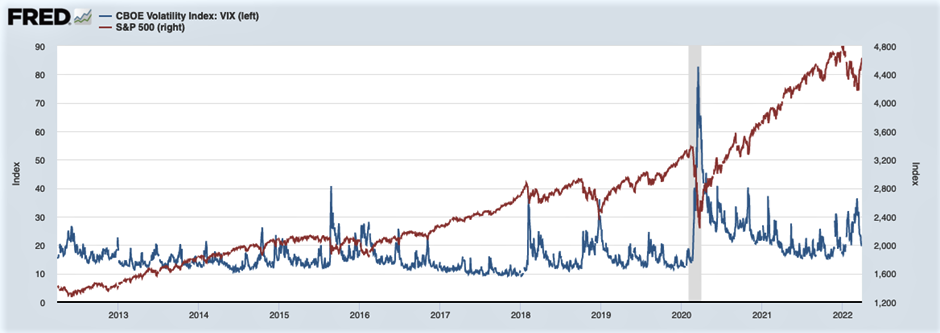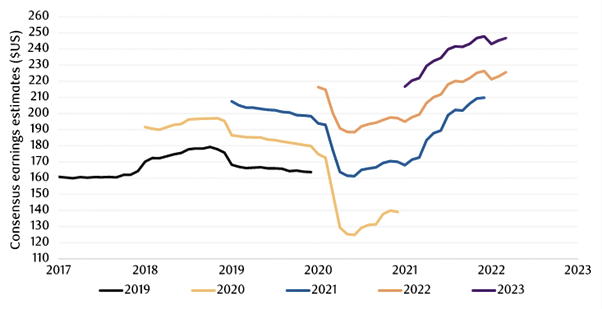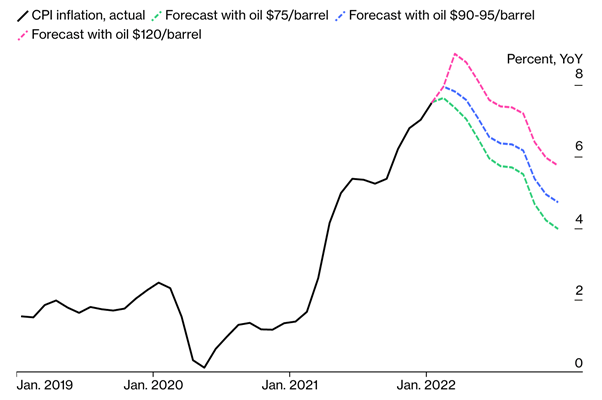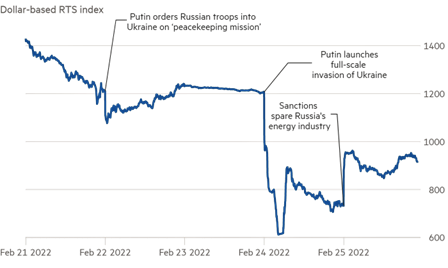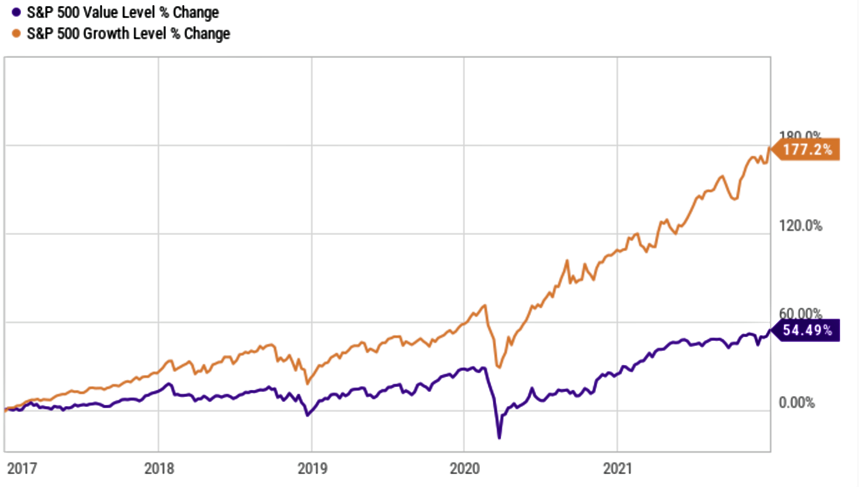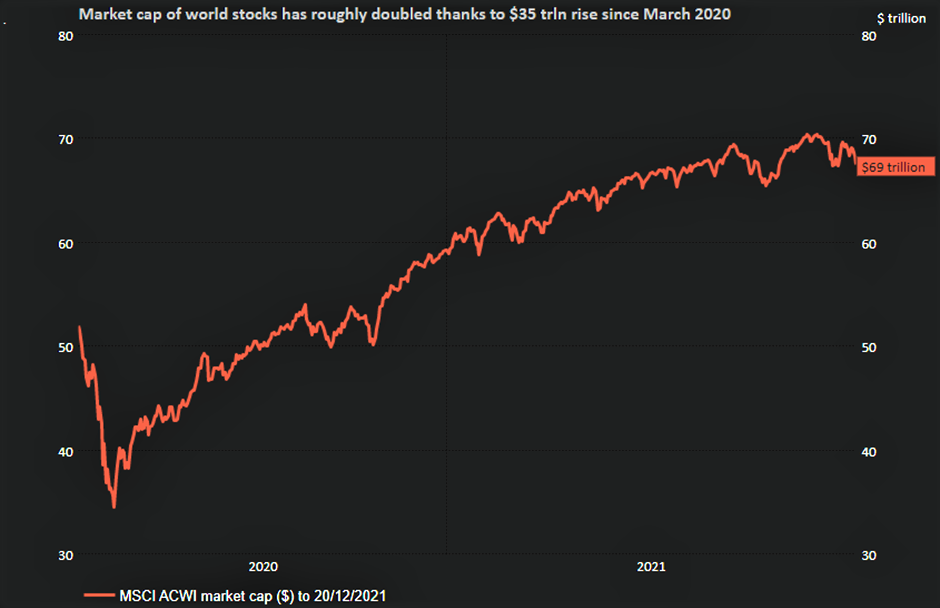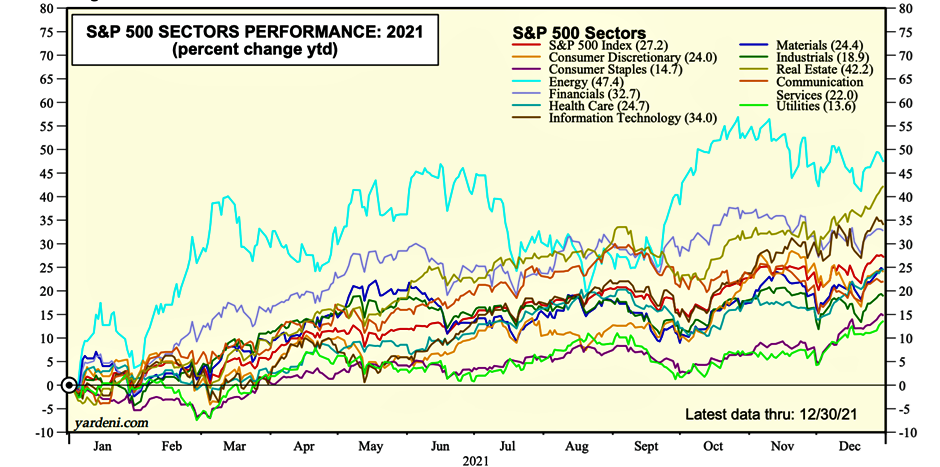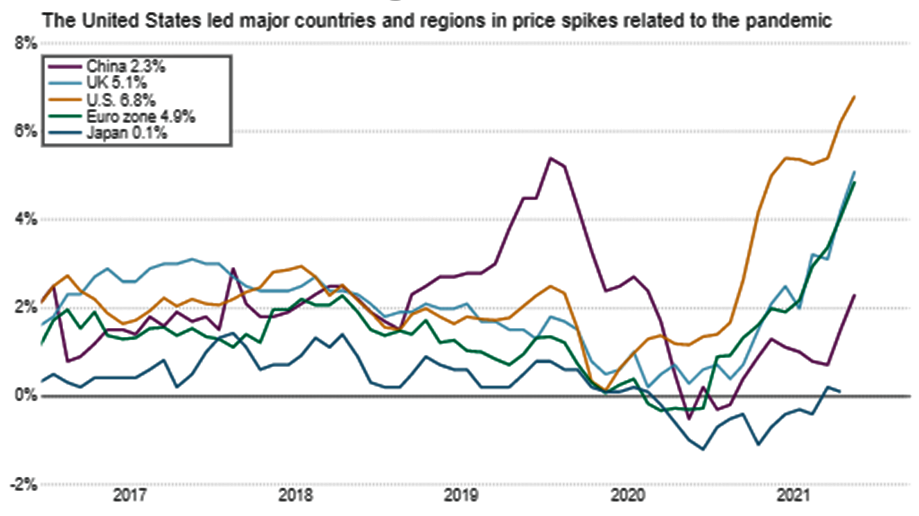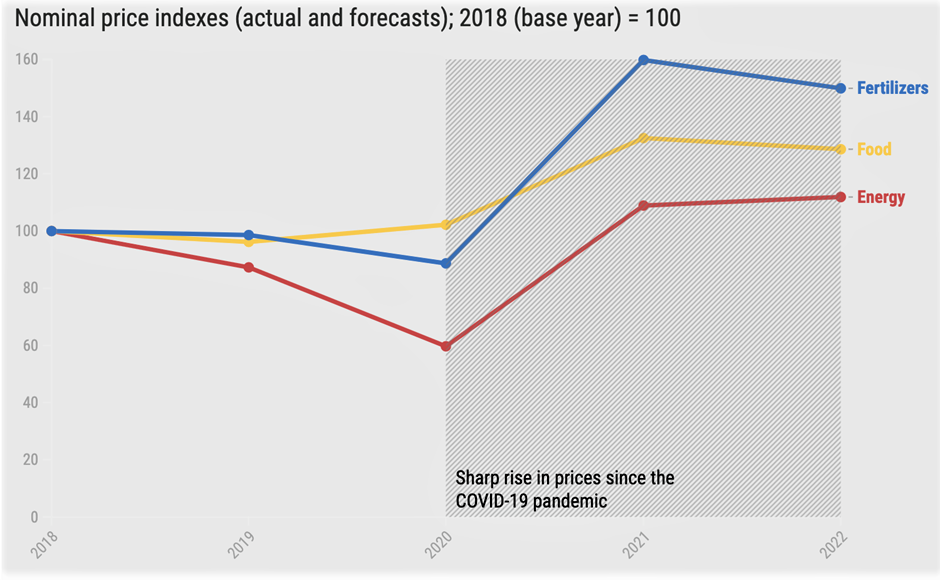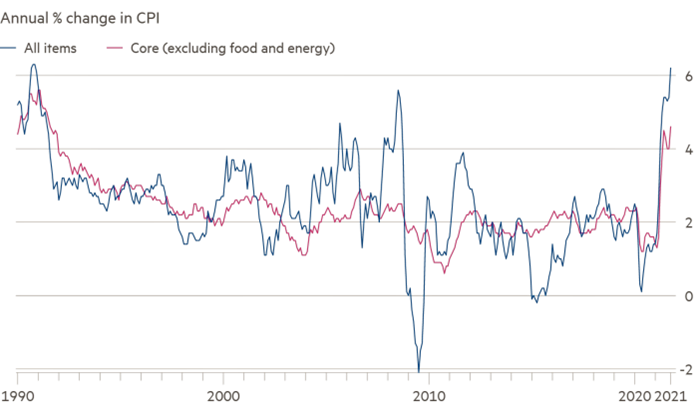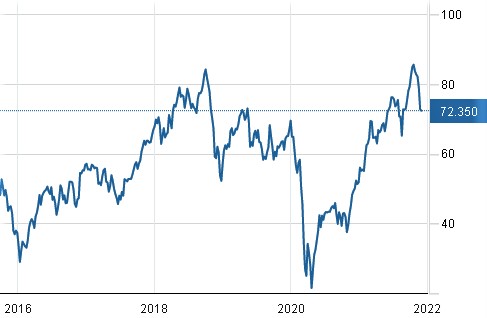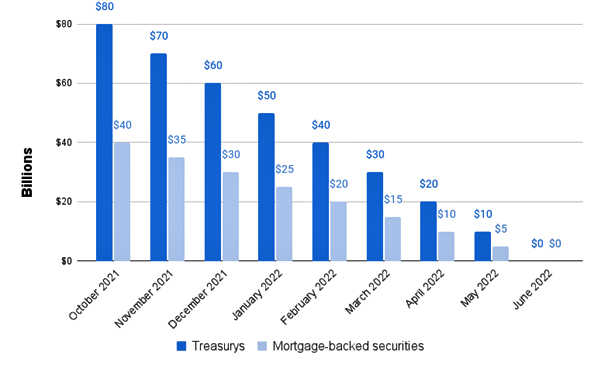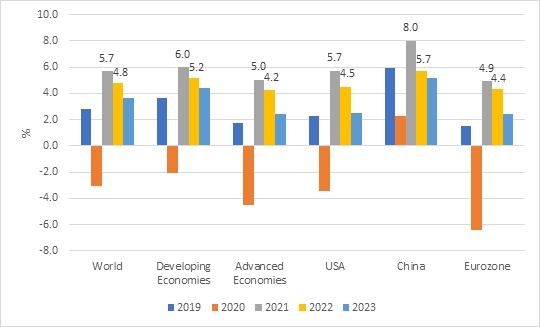Published: October 25, 2022

Dear Mutual Fund Customers,
This message is to inform you of the options for your mutual fund holdings as they relate to the upcoming migration to Qenta. Following the migration, the mutual fund offerings will no longer be available.
Next steps
Before the migration is completed, all existing mutual fund holdings would need to be liquidated and the exact dollar value of your shares credited to your existing EPB cash deposit account. These cash deposits would then be migrated to the new system once the correspondent institutions have completed their process.
-
For clients who wish to opt-in to the migration, no action is required on your part for this to be completed.
-
For clients who currently hold mutual fund shares and do not want to be part of the migration to Qenta, you will need to enter a sell request from the Trade tab in eBanking for all your current mutual fund shares. When this is completed, your funds will be credited back to your EPB bank account, at which point you can request an outgoing wire for the full amount to a first-party account in order to complete the opt-out process.
If you do not have access to your account, please reach out to our Client Services team as soon as possible by sending an email to [email protected], or by phoning toll-free at +1-888-527-4041, and they will be happy to complete the verification process in order to reinstate your access.
For assistance with other issues, or any other questions, please use the same channels to contact Client Services, and we will work diligently to have everything responded to in a timely manner.
Best Regards,
Qenta Team.


